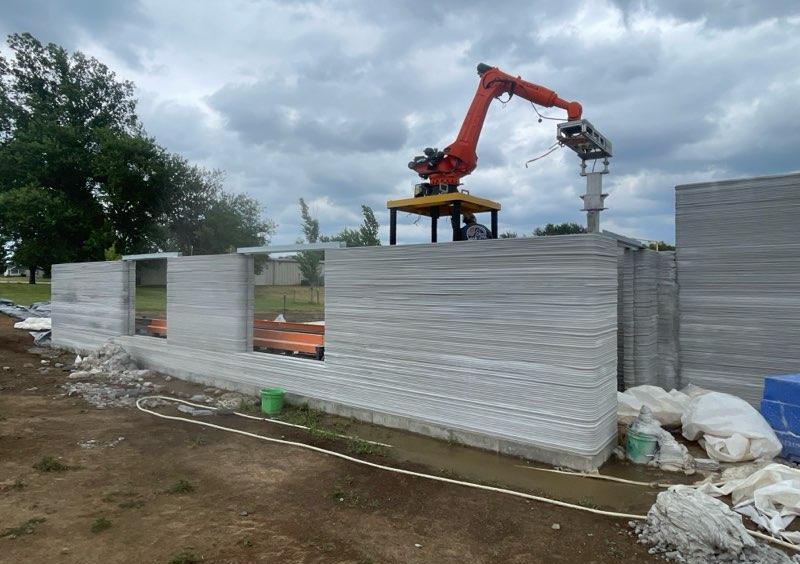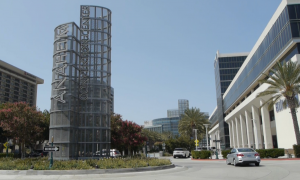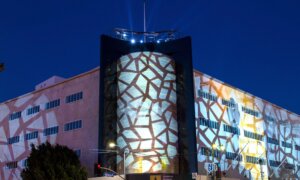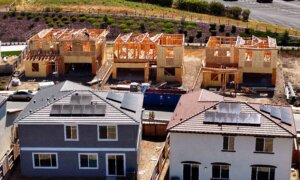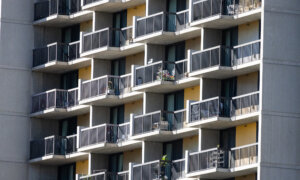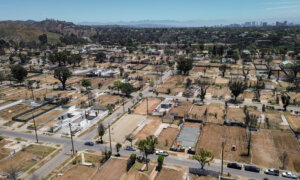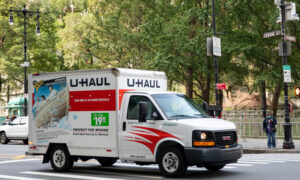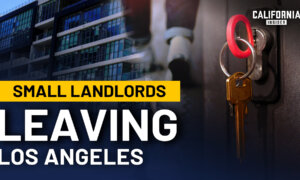Construction began in early February in Walnut, California on the state’s first fire-resistant, on-site 3D-printed concrete accessory dwelling unit (ADU), according to the construction company.
The home will feature non-combustible concrete walls and a steel roof with Sure-Board material, which is non-combustible roof sheathing.
An ADU is accessory to a primary residence and has complete independent living facilities, according to the California Department of Housing & Community Development, which provides information to the public about ADUs, including about changes to the law that make it easier to build ADUs amidst the California housing crisis.
What makes the Walnut home unique is that no wood or combustible material will be used for the exterior, said Aaron Liu, the CEO of Builtech Construction Group, in charge of the construction.
RIC Technology, which rents out the robotic 3D printer, features a short video of the robot building a concrete building with a concrete roof on its YouTube channel.
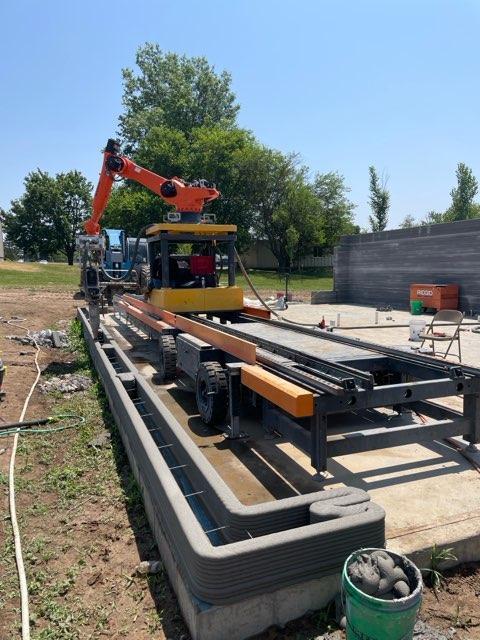
3D-printed concrete walls are laid with hollow spaces to leave room for insulation, plumbing, and electrical in Muscatine, Iowa in mid-2023. (Courtesy of Ziyou Xu of RIC Technology)
Mr. Liu, who is also a NFPA-certified wildfire mitigation specialist told California Insider, “I want to protect people’s property and life. That’s why I want to build non-combustible homes in California, which has a problem not only with earthquakes but with fires. We also can provide retrofit solutions to harden existing homes.”
“These homes are good anywhere, even in areas not at risk of fire, because a fire that can start in one home can spread to the neighbors,” Mr. Liu added.
Mr. Liu also said that in places that are too small for the 3D construction printers to fit, insulated concrete forms can be used to build. His company will also use such forms for an ADU in the city of Los Angeles. Existing buildings with insulated concrete forms usually have roofs made with wood, but the Builtech project in Los Angeles is being designed without wood.
Chris Vasquez, a Walnut city planner, confirmed that a 3D-printed ADU is currently being built in Walnut, but was unable to confirm that it would be fully fire-resistant.
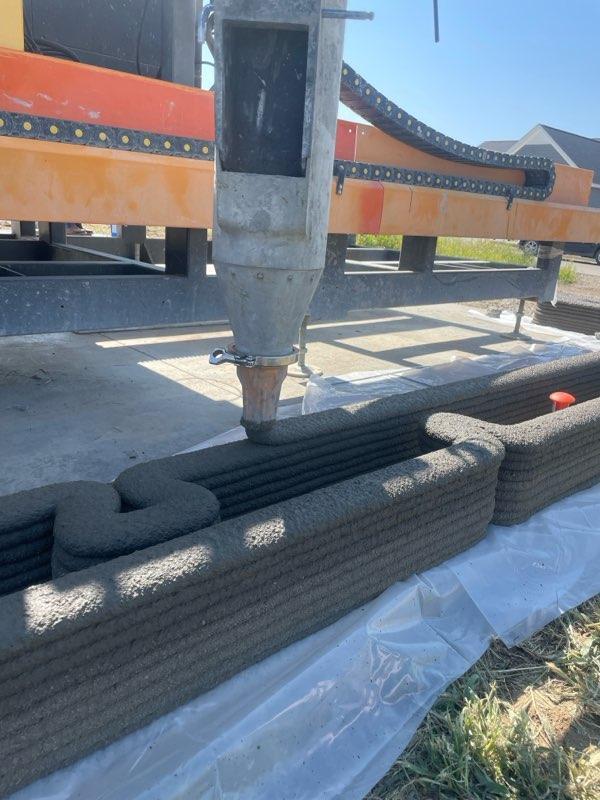
3D construction printer robot arm laying concrete mix in Muscatine, Iowa in mid-2023. (Courtesy of Ziyou Xu of RIC Technology)
Incentives to Build Fire-resistant Homes
Neil Dixon, a concerned urban planner based in Sacramento with experience in statewide transportation and county-level community planning, said, “I think that places with wildfire risk should have policies in place to incentivize fire resistance in any rebuilding from fires. Maui is a good example. If they had such a policy in place, then all the new construction while they are rebuilding from that devastating wildfire would have a better chance of saving lives and property next time. You can’t force the private sector to do the right thing very easily so tax breaks or permit fast-tracking are some good ways to incentivize doing the right thing.”
According to the website for Cobod, the maker of the 3D construction printer used for California’s first concrete 3D-printed home in Redding, 3D printing construction costs can be lower than conventional construction methods for large projects. Cobod also states that 3D print construction is faster, more sustainable, and produces less waste.
NBCLA reported in 2019 that resident Jeremy Wolf built a concrete block home in a wildfire zone in Ojai Valley, which was untouched in the Thomas Fire in 2017.
“Jeremy said his home insurance first refused to cover the property, because it was in a wildfire zone. But he showed them blueprints and described how it was going to be constructed, and then they decided to cover it, and they did so at no extra cost,” said NBCLA reporter Randy Mac.
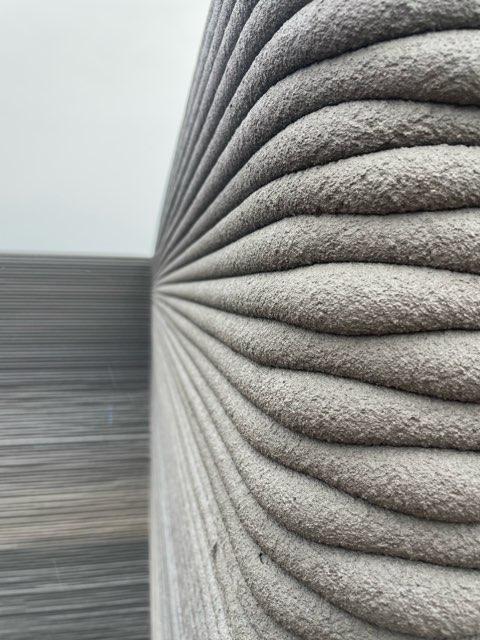
3D-printed concrete wall up close in Muscatine, Iowa in mid-2023. (Courtesy of Ziyou Xu of RIC Technology)



